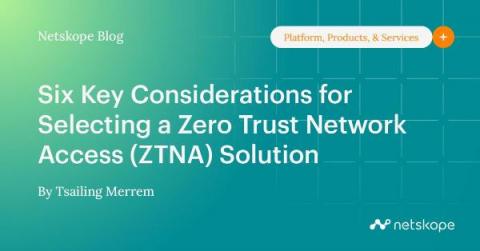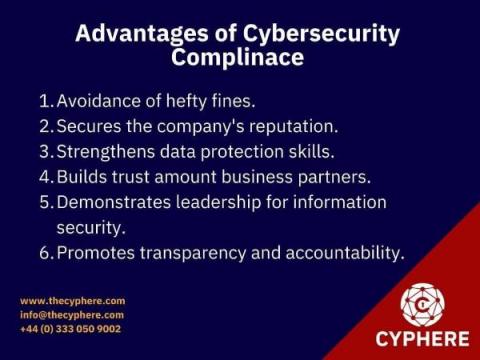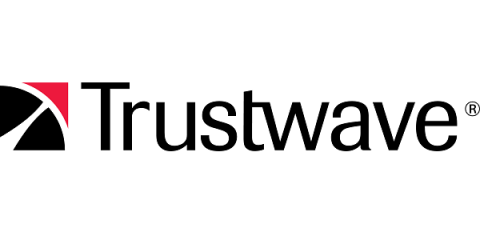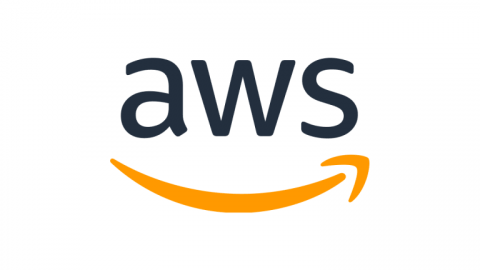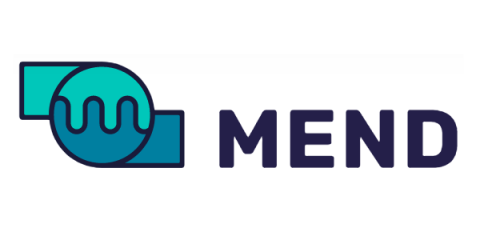6 Key Considerations for Selecting a Zero Trust Network Access (ZTNA) Solution
Zero trust network access (ZTNA) has become a hot topic and a popular IT project. Here are some of the reasons why: First, organizations are beginning to pursue a zero trust strategy and ZTNA is the first logical step towards a zero trust security program. Second, remote or hybrid work is here to stay. And as a result, now is the time to replace your legacy remote access VPN with a modern anywhere secure access solution for the long term.


